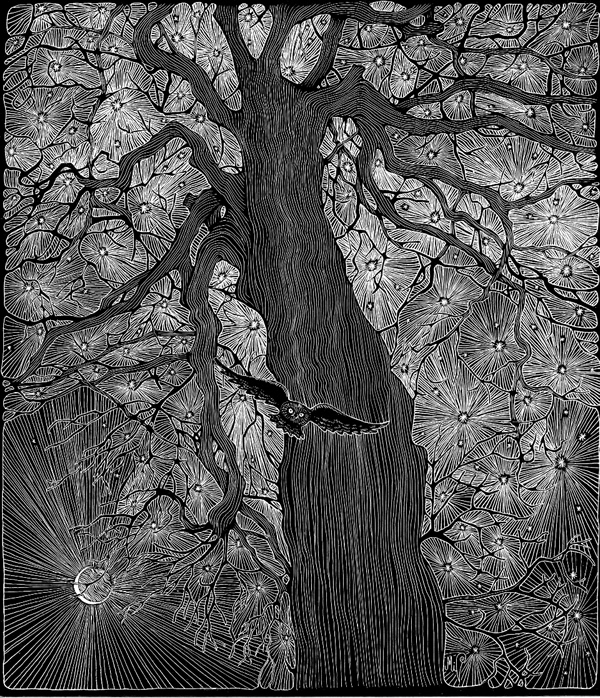Faber Castell Pitt pens are the newest addition to the tools I use. I remembered someone suggested them on wetcanvas.com and wanted to try them. In the past I have used other brands of pigment pens to make repairs and create textures and patterns by crosshatching scratch lines with ink lines. They have worked great, but the ink has a shine to it that sometimes shows up even after spraying with a clear matte finish. I picked up a set of Pitt pens today and so far I am pleased with the results. I tend to lay down a few lines and then pat them lightly with my finger to dull the shine.
My most recent knife is an Olfa art knife (yellow handle). I like the short blade. It seems to give me good control and very fine lines. The knife with the black handle has a #16 blade. It comes in handy for wider scratches. The scratch width can be varied by holding it at different angles to the surface. The thicker knife with the silver handle is what I have tended to use for very fine work. It holds a #2 blade – very similar to the smaller #11 blade (the most common Xacto blade)
 .
.
The tool with the blue handle can hold a knife blade or a sharp steel point. It is a weeding tool for working with vinyl lettering, but with just a bit of extra sharpening (600 grit sandpaper) it works well as a scratch tool.

























